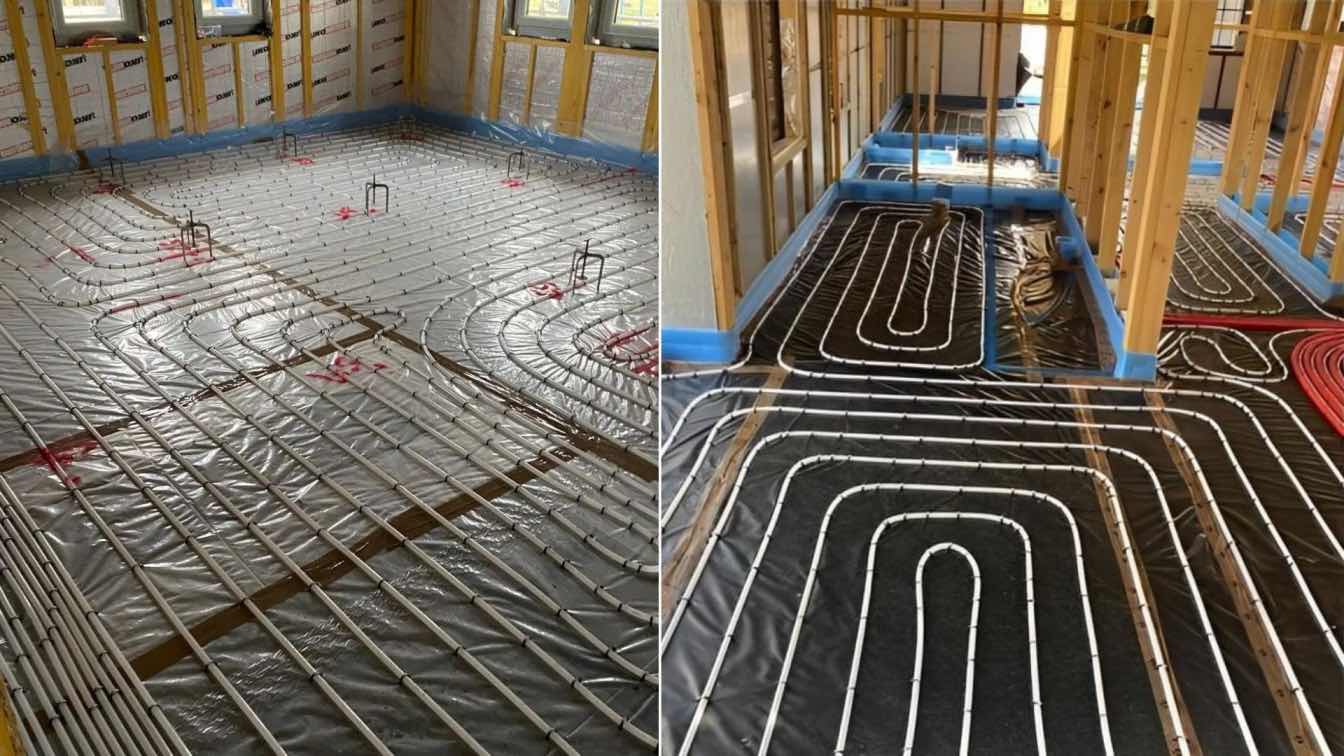When giving a space a new design, it’s crucial that you know where to draw inspiration from. There are hundreds of popular design aesthetics, each with unique traits borrowed from a region or specific time period. However, if you want things to look a bit more updated, mid-century modern or modern styles might be closer to your preferences. While similar, these design types do vary in certain ways that are worth mentioning. Read on to learn the differences between mid-century modern and modern design for homes and offices.
Mid-Century Modern Design
After World War II, creativity and technology surged in homes across the globe. People wanted a fresh take on classic design schemes for their homes, and even business owners wanted to make their office spaces more inviting. The mid-century modern aesthetic prioritizes functionality and sleekness by using a diverse series of materials, including wood and metal. In fact, many describe this style as retro, with a distinct pop of color that adds a bit of intrigue. Mid-century modern office furniture is still popular in workplaces today, and many homeowners like the cleanness it brings to heavily trafficked areas of the house.
Modern Design
Modern design is also characterized by its use of sleek lines and natural materials. However, the inspiration for this style is a bit older, dating back to the 1920s instead of the 1950s. This gives this design type a greater focus on minimalism and symmetry, aiming for a more balanced approach between function and appearance. Both homes and offices can benefit from a modern design, though it’s vastly more popular among homeowners. In giving a home a modern look, you gain an openness that makes small spaces feel larger and allows for creativity.
The Core Differences
Now that you know what mid-century modern and modern designs are, it’s time to home in on some of their differences. For one, the modern design category is much broader, encompassing all aesthetics that revolve around minimalism and sleek furniture elements. This is why there’s so much overlap between these two styles. Mid-century modern is more refined, with allowances for some flashy decor and artwork. This is something that traditional modern design wouldn’t use. Your choice between the two will depend entirely on whether you want the occasional bit of color or an eye-catching centerpiece.
Deciding on a design aesthetic for a home or office can be daunting, but there are plenty of ways to get creative with the process. Don’t be afraid to experiment with certain elements to find the right fit for your needs. You may even find that blending the two styles works most effectively for you.





